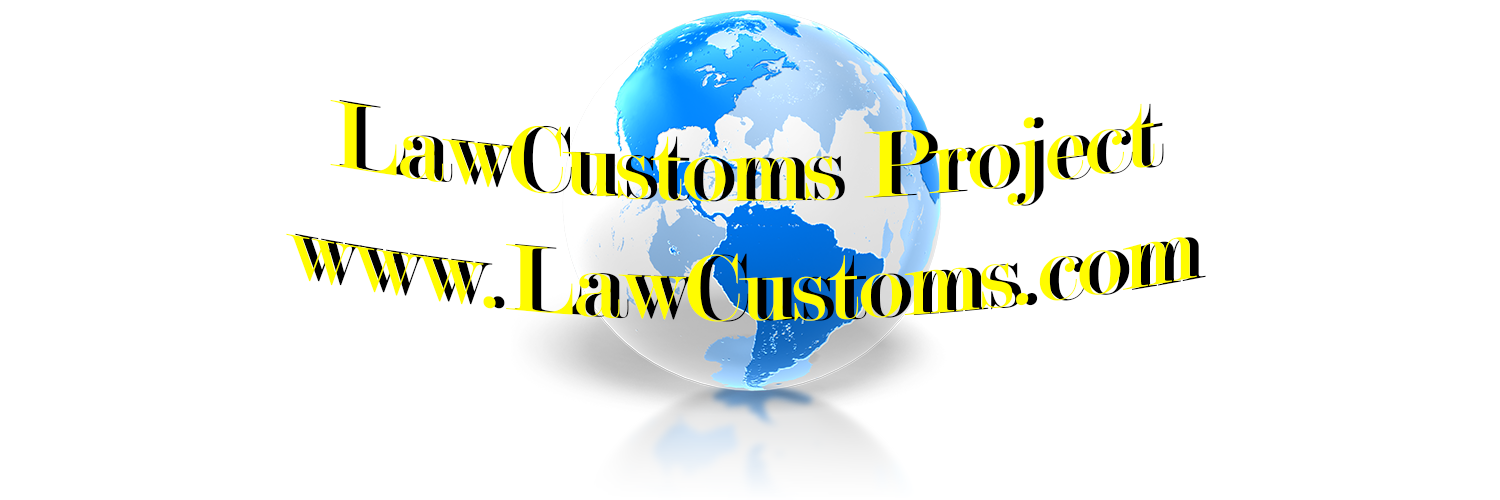A weekly live web event dedicated to issues related to international trade. This week the conversation focused on so-called “Trump” tariffs: a.k.a. Sec. 201, 232, 301. In light of lively…
Tag: <span>Court of International Trade</span>
One of the primary and completely legitimate purposes of incorporating is to limit or eliminate the personal liability of corporate principals and employees. Under New York state law, corporate veil…
Court of International Trade (CIT) decision in Zojirushi v. U.S. (CIT 2016) is a great jurisdictional monologue explaining how and when 28 U.S.C. § 1581 can be invoked when challenging…
On August 24, 2016, in Otter Products v. US, Court of Appeals for the Federal Circuit (CAFC) agreed with the Court of International Trade (CIT) decision that protective cases for…
In the Corning Gilbert Inc. v. U.S., importer asked the Court of International Trade for an opinion about Customs and Border Protection (CBP) role in enforcing decisions of other agencies. …
Court of International Trade published opinion earlier this month, laying down the HTSUS classification principles for 3-D printing technology (or “laser sintering” / “additive manufacturing” machines, using the court’s terminology). …
This is an odd case because both parties seem to agree on the end result: when Commerce publishes amended results (for antidumping review), the six month operation of law liquidation…
Wilton Industries Inc., v. United States case caused a great deal of excitement in the import and legal communities. After all, provided that certain criteria are met, utilitarian articles were…
